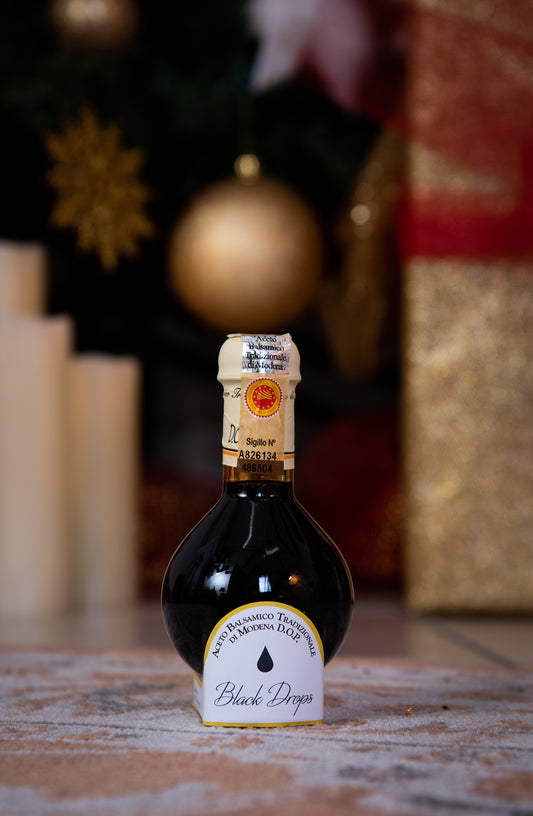Have you ever wondered about the history of cured meats?
Any curiosities about these delicious-tasting products? Cured meats are among the most consumed foods on our tables and those most appreciated globally. We will tell you: their history is much older than one might think, sinking its roots even in the Paleolithic period.
History of cured meats: stuffed and non-stuffed cured meats?
Before delving into history, one needs to be made substantial distinction. Something that would help us move more smoothly in this topic. Sausages in sausages and not sausages they tend, at the popular level, to be confused. However, they refer to two different methods of processing meat:
- Non-bagged cured meats: the basis consists of the whole parts of the animal such as the shoulder and thigh
- Sausages: in this case, however, the raw material consists of different cuts of meat, stuffed and flavored with spices and herbs. Another key feature is the presence of a gut. A kind of tube or container in which to season the pieces of meat. This casing can be obtained naturally - for example from the animal's intestines - or artificially.
But the most important thing to consider is the fact that these two processing methods exploit a fundamental characteristic of the meat: the possibility of being kept. Preservation potential is a necessary condition, without which the history of cured meats and sausages would never have taken off.
History of cured meats: conservation methods since the Paleolithic
Attempts to preserve meat, so that it does not undergo the natural processes of deterioration, can be found since remote antiquity. The reference period is Paleolithic, which began about two million years ago. The hunters contrived to preserve the meat through drying processes: holding it over the fire or under the sun. In this way they could have stocks to be consumed during times of lean.
History of cured meats: pork as a privileged meat
From then on, in small steps, more and more decisive progress was made in the search for professional conservation methods. The main conservation potential was identified in pork, which still today constitutes the most widespread basis of many cured meats and sausages. Hippocrates, in one of his writings, recommends the consumption of pork as a digestible and nutritious product.
Cured meats in Italy
In Italy, the success of cured meats was decreed by the wide use made of them in Italy Etruscan and Roman times. Especially with the Romans, the production of pork leg recorded daily levels. There are records of very high standards of preservation, with elaborate salting techniques. As Horace and Cato the Censor report, the ham was dried and aged for months in wooden barrels; and it was a main course at banquets. Under the barbarian invasions, sausages such as hams, shoulders and bacon even became current currency.
The corporations
If in medieval times the meat processing processes became more and more studied and refined, the first ones were born butcheries and craft workshops, only in the Renaissance do we see the emergence of guilds. The corporations they become the main holders of a culinary tradition and craftsmanship that is passed down from generation to generation. A culinary know-how which is certainly the main reason why Italian cured meats are still today delicious products. The tradition is based not only on the degree of cooking and the meat processing system but also on aspects mainly related to nature: the microclimate which gives our cured meats a delicate and characteristic flavour.








